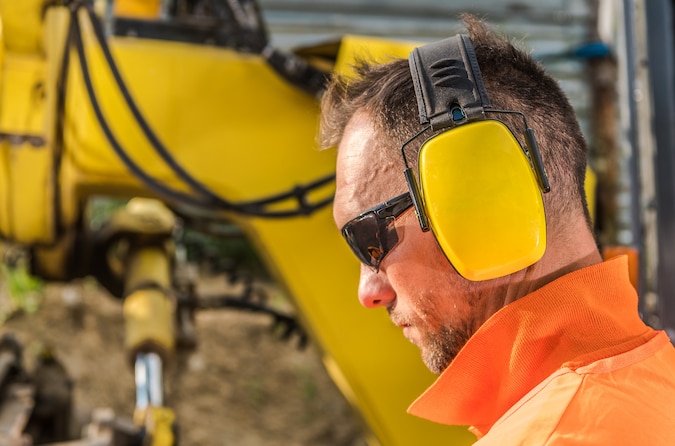
Protect Your Lower Back: Tips for a Healthy Spine in Your 20s and Beyond

Lower back health plays a pivotal role in overall well-being, yet it is often neglected until discomfort arises. Taking proactive steps in your 20s to protect your lower back can significantly impact your long-term health and mobility. In this article, we’ll share essential strategies to ensure your spine remains healthy and pain-free as you age.
Key Takeaways:
- Strengthen your core to support your lower back.
- Maintain proper posture while sitting, standing, and lifting.
- Incorporate flexibility exercises into your routine.
- Use ergonomic tools to reduce strain on your spine.
Build Core Strength for Lower Back Support

Your core muscles, including the abdominals and obliques, play a critical role in supporting your spine and maintaining proper alignment. Weak core muscles can lead to strain on your lower back, increasing the risk of injury.
How to Strengthen Your Core:
- Planks:Perform 3 sets of 30–60 seconds daily.
- Dead Bugs:Lie on your back, alternate lowering opposite arm and leg, and repeat for 12 reps.
- Bird Dogs:On hands and knees, extend opposite arm and leg simultaneously. Perform 3 sets of 10 reps.
For more health and fitness resources, visit SelfGood .
Practice Good Posture Daily
Maintaining proper posture is one of the easiest ways to protect your lower back. Whether sitting at a desk or standing for extended periods, slouching can place undue pressure on your spine.
Tips for Improved Posture:
- Keep your feet flat on the floor when sitting.
- Align your ears over your shoulders when standing.
- Avoid crossing your legs for extended periods.
- Use a lumbar support pillow for seated back support.
Explore additional health tips to improve your wellness habits.
Incorporate Flexibility and Mobility Exercises
Flexibility and mobility are key to reducing lower back strain. Stretching your hamstrings, hip flexors, and lower back muscles helps alleviate tension and maintain range of motion.
Effective Stretching Techniques:
- Cat-Cow Stretch:Alternate between arching and rounding your back for 10 reps.
- Seated Forward Fold:Sit with legs extended and reach toward your toes, holding for 30 seconds.
- Hip Flexor Stretch:Lunge with one leg forward, keep the back leg extended, and hold for 20 seconds per side.
Consistency is key, so integrate these stretches into your weekly fitness routine.
Use Ergonomic Tools and Safe Lifting Techniques
Investing in ergonomic tools and practicing safe lifting techniques can prevent unnecessary strain on your lower back.
Ergonomic Solutions:
- Opt for an ergonomic office chair with lumbar support.
- Adjust your computer screen to eye level to avoid neck strain.
- Use a standing desk to alternate between sitting and standing throughout the day.
Safe Lifting Practices:
- Bend your knees, not your back.
- Hold objects close to your body.
- Avoid twisting while lifting—pivot with your feet instead.
Stay Active and Maintain a Healthy Weight
Regular physical activity and a balanced diet contribute significantly to lower back health. Excess weight can place extra pressure on your spine, leading to discomfort or injury.
Steps to Stay Active:
- Engage in at least 30 minutes of moderate-intensity exercise 5 days a week.
- Include activities like swimming, yoga, or walking to minimize impact on your joints.
For tailored health insurance plans to support your wellness goals, explore health insurance options .




